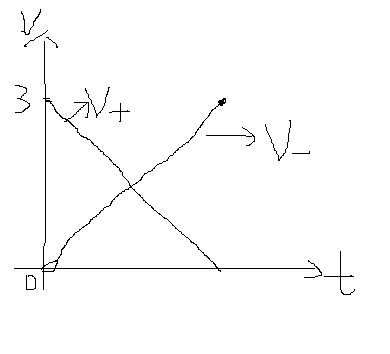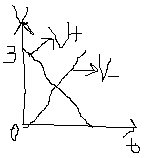Hi,
I am puzzled about the ADS1258 .
My ADS1258 works in differencial voltage input mode with a +5V power supply for AVDD,and 0V for AVSS.
If i will suppply ADCINP pin with a signal ranging from 0V to +3V,and ADCINN pin from +3V to 0V, neither of them exceed the limitation(AVSS 100mV < Analog Inputs< AVDD + 100 mV),but the differential voltage(ADCINP-ADCINN) ranges from -3V to 3V.So,i am wondering if the ADC is able to convert the bipolar signal into digital code correctly,and how to choose the reference voltage (VREFP,VREFN)?



